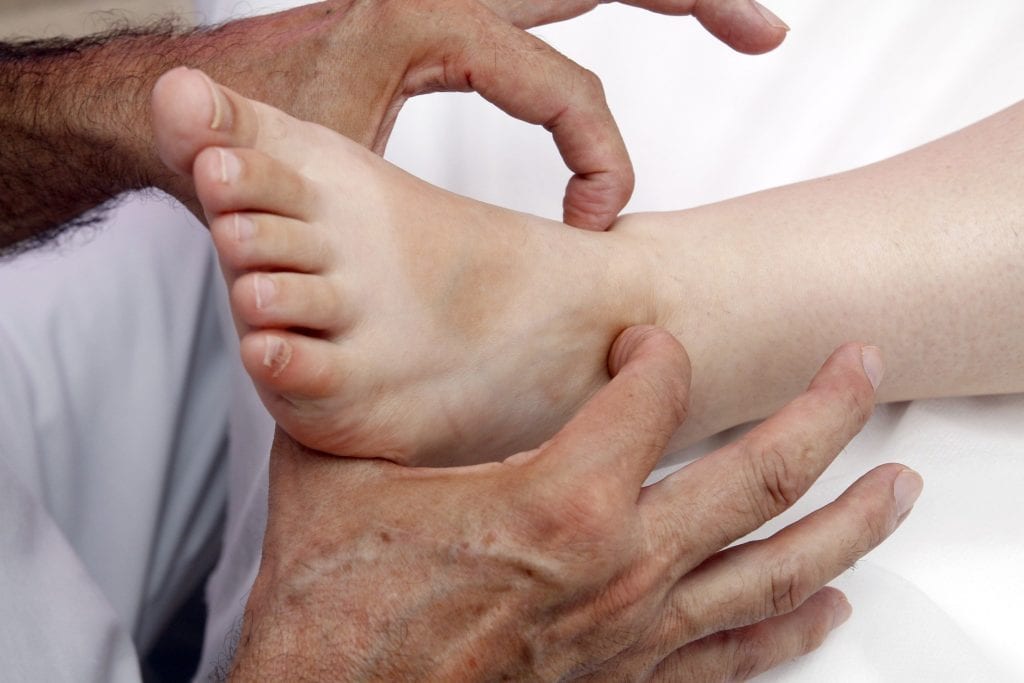A biomechanical assessment by your podiatrist involves an examination of the lower limbs to look at the structure and alignment in relation to movement and function.
Your examination will focus upon the foot but includes the pelvis, legs and knees, assessing the relationship between them. It is important to assess the lower limbs as a whole because they are closely connected and pain in one area can be due to a weakness or structural problem in another area.

Assess the function of the lower limb before you come up with a treatment plan
What to expect from a Biomechanical Assessment
This is where we differ greatly from most podiatry clinics. Your biomechanical assessment is not a sales pitch for orthotic therapy.
Most podiatrists are performing a biomechanical assessment prior to prescribing custom orthotics (insoles) whereas we use this assessment to determine your baseline of movement and function. From this information we develop a treatment plan that may or may not involve orthotics. Orthotics are not recommended as a “First line treatment”. Anyway orthotics are not the reason at this stage. The biomechanical assessment story is much more useful if we forget about them for the moment.
Does a Biomechanical Assessment involve any Treatment?
We often use a process that involves treatment to determine the nature of the limitation that is found during the assessment. Many limitations respond to physical therapies that can be performed in conjunction with the assessment. We are gathering information and testing some assumptions (treating) while we assess.
- Assess
- Treat
- Re-Assess
How long does a biomechanical assessment take?
We allocate 1 hour for the assessment which gives us time to discuss the results and answer any questions you may have.
